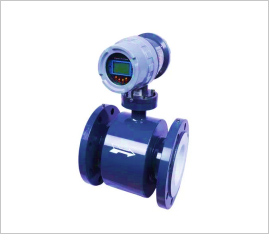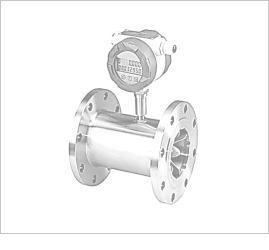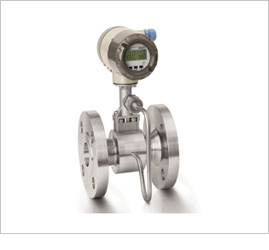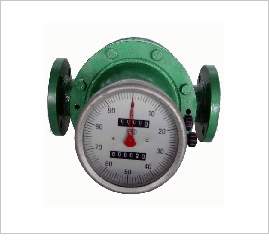
Water Flow Meters

Electromagnetic Flowmeters

Turbine Flowmeters

Vortex Flowmeters

Positive Displacement Flowmeters
Description
Flow meters are devices used to measure the flow rate of a fluid (liquid or gas) in a system. They provide real-time information about the quantity of fluid passing through a specific point in the system, allowing for process control, monitoring, and optimization. Flow meters find application in various industries, including oil and gas, water management, chemical processing, and manufacturing.
Here are some common types of flow meters :
1. Differential Pressure (DP) Flow Meters : DP flow meters work based on the principle of measuring the pressure difference across a constriction in the flow path. Examples include Orifice Plate, Venturi, and Pitot Tube flow meters.
2. Magnetic Flow Meters : These meters utilize electromagnetic induction to measure the flow rate of conductive fluids. A magnetic field is generated, and as the conductive fluid flows through the meter, it induces a voltage proportional to the flow rate.
3. Ultrasonic Flow Meters : Ultrasonic flow meters employ ultrasonic waves to measure flow rate. They use either the Doppler Effect (measuring the frequency shift of reflected waves from particles or bubbles in the fluid) or the Transit Time method (measuring the time difference of ultrasonic waves traveling upstream and downstream).
4. Turbine Flow Meters : Turbine flow meters have a rotor with blades or vanes that rotate as the fluid flows through. The rotation is proportional to the flow rate, and it can be detected by sensors, providing flow rate measurements.
5. Vortex Flow Meters : Vortex flow meters utilize the principle of vortex shedding. As the fluid passes a bluff body within the meter, vortices are shed alternately on either side. The frequency of vortex shedding is proportional to the flow rate and can be measured to determine flow rate.
6. Coriolis Flow Meters : Coriolis flow meters measure the mass flow rate of a fluid by utilizing the Coriolis effect. As the fluid flows through vibrating tubes, the resulting Coriolis forces cause a phase shift, which is measured and used to determine the mass flow rate.
7. Thermal Flow Meters : Thermal flow meters measure the flow rate of gases by employing the principle of thermal conductivity. They typically have two temperature sensors, and the flow rate is determined based on the amount of heat carried away by the fluid.
8. Positive Displacement Flow Meters : Positive displacement meters measure the flow rate by dividing the fluid into discrete volumes and counting them as they pass through the meter. Examples include piston meters, gear meters, and nutating disk meters.
Each type of flow meter has its advantages, limitations, and suitability for specific applications. Factors such as fluid properties, flow range, accuracy requirements, installation considerations, and cost should be taken into account when selecting the appropriate flow meter for a particular application
